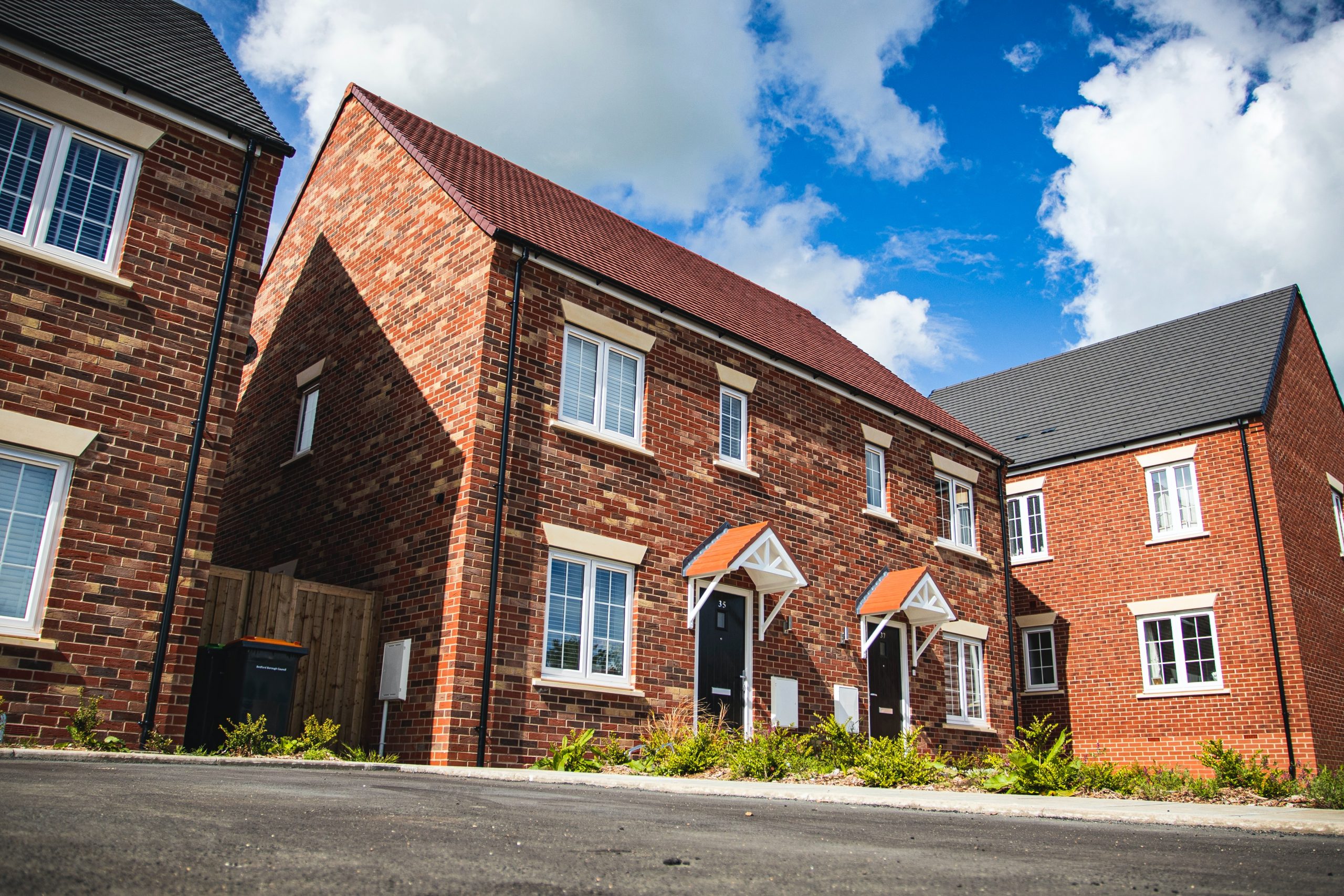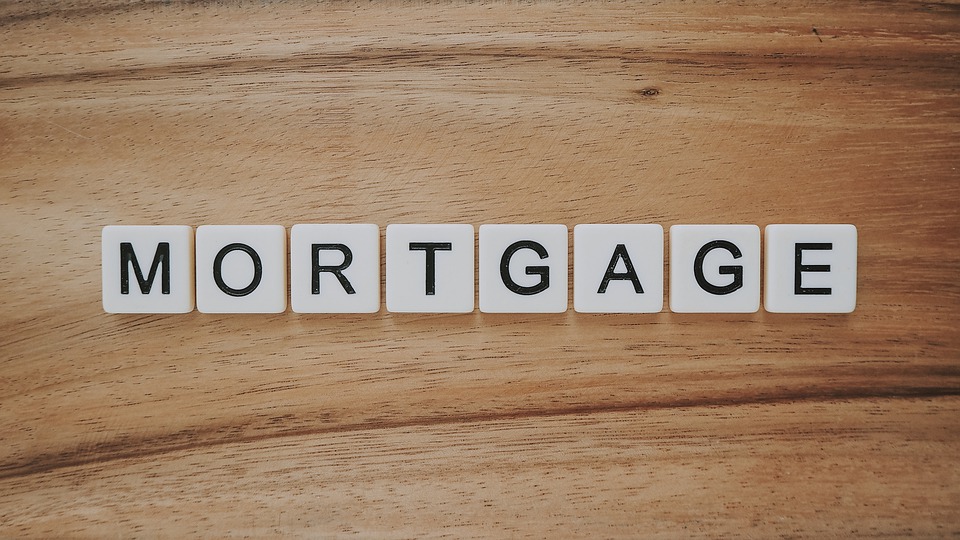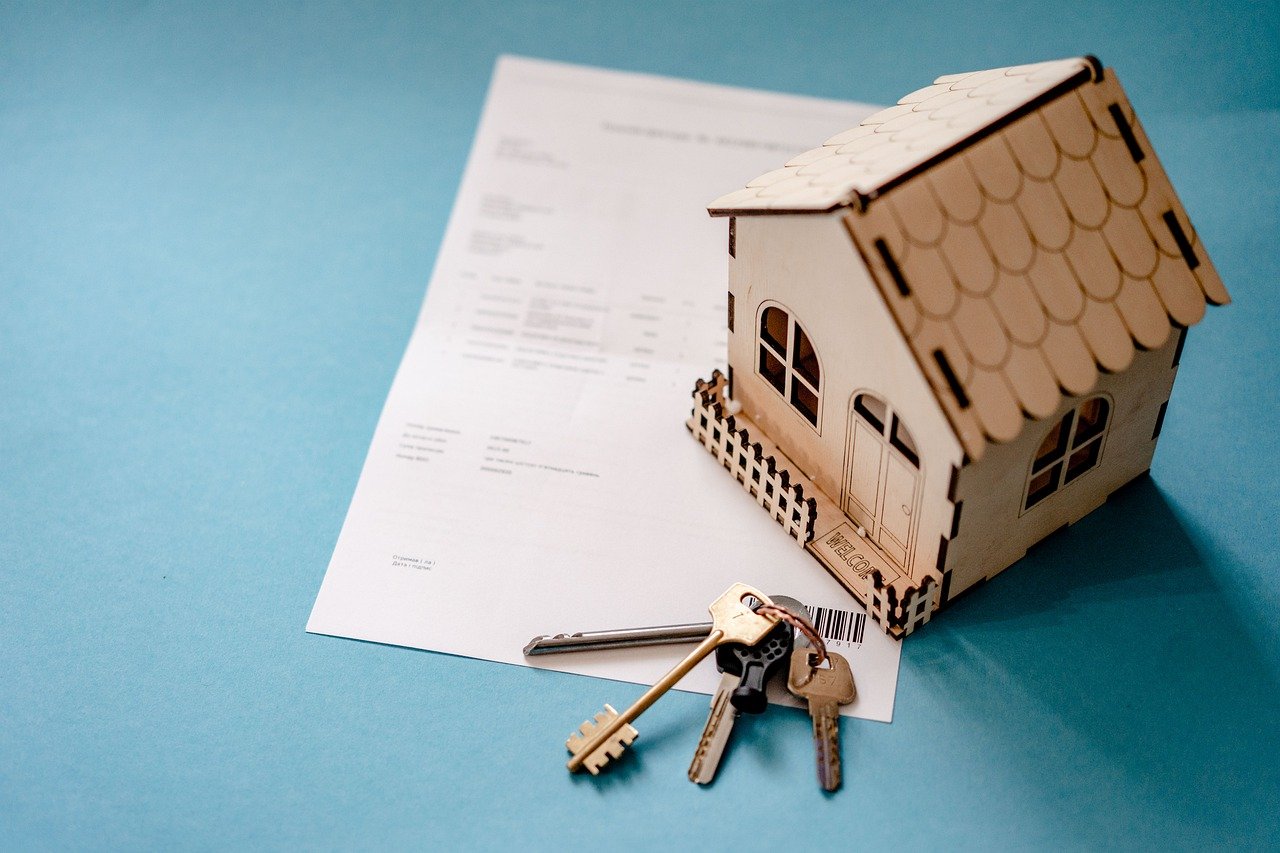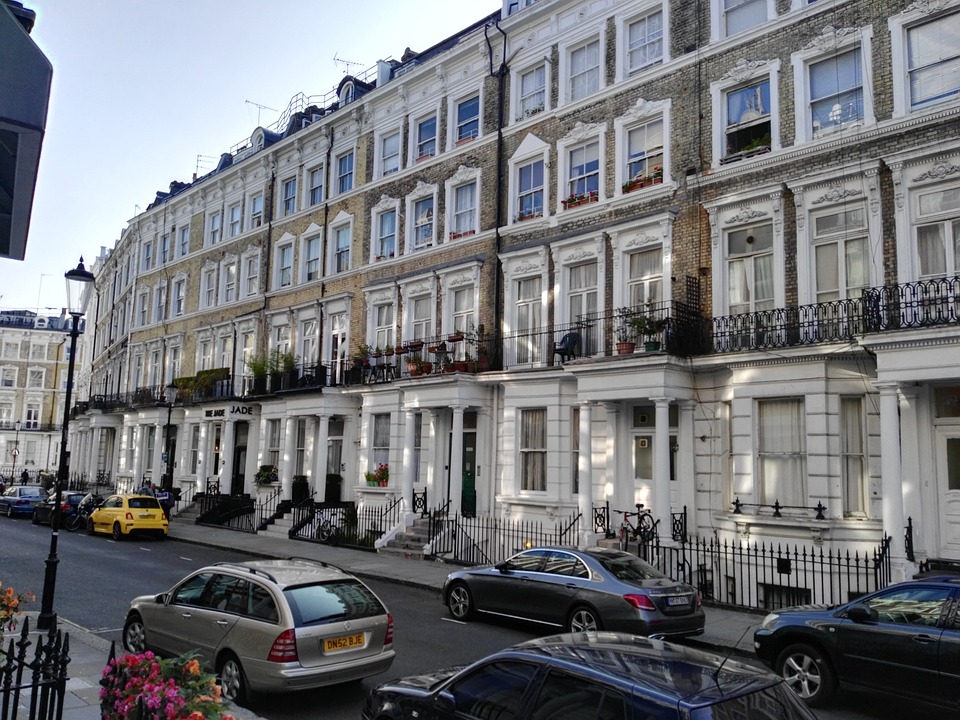Borrowers received a glimmer of good news after average rates on new two- and five-year fixed mortgages fell for the first time since May.
News of the small falls came 24 hours after it was announced that UK inflation fell further than expected in June, which immediately prompted speculation that the Bank of England would not raise interest rates by as much as previously expected. The pricing of fixed-rate mortgage deals is closely tied to expectations of future interest rate rises.
Moneyfacts, the financial data provider, said the average rate on a new fixed-rate deal lasting for two years was now 6.79% – down from 6.81% on Wednesday. Meanwhile, the typical rate on a new five-year fix nudged down to 6.31%, from 6.33% a day earlier.
Contact us today to speak with a specialist Commercial Finance Broker to discuss how we can assist you.
The seemingly unrelenting rise in the cost of new deals has been piling pressure on would-be homebuyers and those whose fixed-term deals are expiring, and the new data will inevitably raise hopes in some quarters that new fixed rates may have peaked. However, it is too early to say whether these small falls are the start of a trend or merely a blip.
Fixed-rate mortgage pricing has been on a rollercoaster ride in recent months: the average new two-year fixed rate was priced at about 4.75% in late September last year, but by the start of November it had climbed to 6.47%. In the months that followed, rates gradually fell back as markets stabilised, until they were spooked once again by a smaller than expected drop in the UK inflation rate at the end of May. They then resumed their upwards march, and the average two-year rate has been edging closer to 7%.
Read about the UK Housing Market via our Specialist Residential & Buy to Let Division
Wednesday’s official data revealed that the UK inflation rate eased to 7.9% in June. If the rate had stayed above 8%, some economists had suggested the Bank of England may have opted for another half-point increase in interest rates next month from the current level of 5%. However, they are now betting that a quarter-point rise is more likely.
Nicholas Mendes, mortgage technical manager at broker John Charcol, said on Wednesday: “It will take a few months before we see any substantial decreases in fixed-rate pricing.”
However, Lewis Shaw, founder of broker Shaw Financial Services, said: “I’m going out on a limb here to say fixed mortgage rates have peaked. We may see a little shuffling around, but the continued painful increases are over.”
By Rupert Jones
Source: The Guardian








